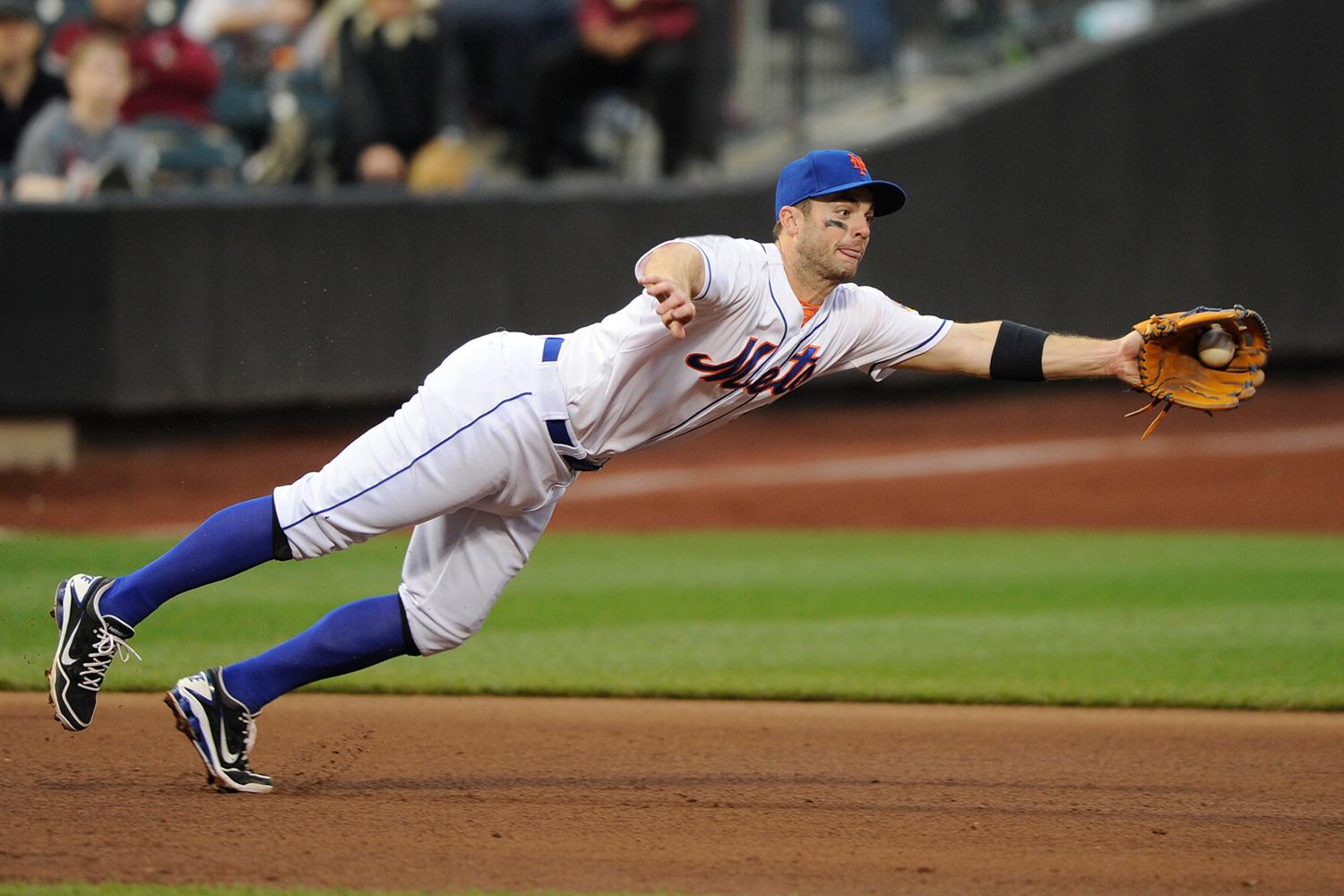As the dog days of the baseball season wind down, our thoughts turn to pennant fever. And, with the expanded wildcard playoff schedule, most teams are still in the hunt for a shot at a trip to the playoffs, and possibly the World Series.
While many claim shooting a baseball game is a slow-paced affair and there is not the fast-paced action as, say, at a football or basketball game, we would have to disagree. When plays do occur, it can happen in a matter of seconds – in many cases, too fast for even skilled photographers to get the shots they wish to capture. Photographing a Major League Baseball game requires knowledge of the players and their tendencies, a good sense of timing, the proper equipment, and a keen eye for good light and clean backgrounds.
Although it can be a challenging task, with the right tools and tips, you could be on your way to shooting powerful action shots of your favorite players. New York Mets team photographer, Marc S. Levine, talks about his 40-year career shooting at the Major League level, sharing some photo tips and tricks of the trade.
Digital Trends: How did you get started shooting MLB games?

Marc Levine: I started out assisting other sports photographers who were shooting MLB games. I would also submit my images to several sports photo agencies until I was getting them published consistently.
What are some of the biggest challenges and obstacles to shooting a baseball game?
The most obvious would be weather and lighting. Since all Mets home games are played outdoors, we are always at the mercy of the weather. Games in New York are often played in cold, rainy, and inclement weather. The equipment needs to be protected with waterproof covering. You also may need to find a place within the ballpark with an overhang to protect yourself from the elements. On the positive side, bad weather may add an additional element to what sometimes would be a normal looking photo.
You mentioned lighting. Do you prefer day or night games?
After weather, lighting is the most important element of shooting sports outdoors. Day games with a slight overcast sky will give the optimum results when dealing with digital photography. [For example] the softer light will lessen the shadows under a player’s hat. On the flip side, bright sun will sometimes provide too much contrast. Also, white uniforms do not react well in bright sunlight. The most attractive light occurs later in the day, when the sun starts to set and the shadows provide some interesting patterns. I always prefer to shoot a day game over a night game.
One of my favorite things to do is to roam around the ballpark finding new angles.
I will very rarely shoot in our photo boxes. One of my favorite things to do is to roam around the ballpark finding new angles. Very often I will go upstairs to our Promenade level and use a 500mm lens to try and get something completely different than what you see from field level. Sitting with the fans is also a way of providing the team with images that will show the fans’ point of view. This helps with certain marketing publications that we produce.
Besides Citifield, what are some of your favorite ballparks to shoot at?
I have always loved shooting at Camden Yards in Baltimore. There are many great angles to explore and the photo boxes have great views. My other favorites are PNC Park in Pittsburgh, AT&T Park in San Francisco, and, of course, historical Fenway Park in Boston and Wrigley Field in Chicago.
What gear do you use, and why is it good for shooting baseball?
I have been a Nikon shooter since I was 14 years old. I recently started shooting with the Nikon D4S bodies; they are amazing for all sports. The quickness of the tracking and focusing, coupled with the ability to shoot with ISO as high as 10,000 and above, make it the perfect camera. On a daily basis I will use every lens from a 16mm fisheye, 70-200mm, 200-400mm, and 500mm f4 lens.

At 54 years old, Marc S. Levine has now been shooting for 40 years as a professional. His first image was published when he was 14 years old. Combining his two passions – sports and photography – was his motivation. By the time he had graduated high school, he had been published in almost every major magazine and several trading card companies. He then decided to pursue his photographic education by attending School of Visual Arts in New York City and graduated with a BFA in Photography. After several years of freelancing, he was able to secure the job that he had wanted from the time he was a kid, the Chief Photographer for the New York Mets.
He has held that position for the past 25 years. “The job has provided me with constant excitement and challenges, as well as the opportunity to work with a special group of people including many great athletes,” he says. You can check out his shots in the Mets photo galleries.


